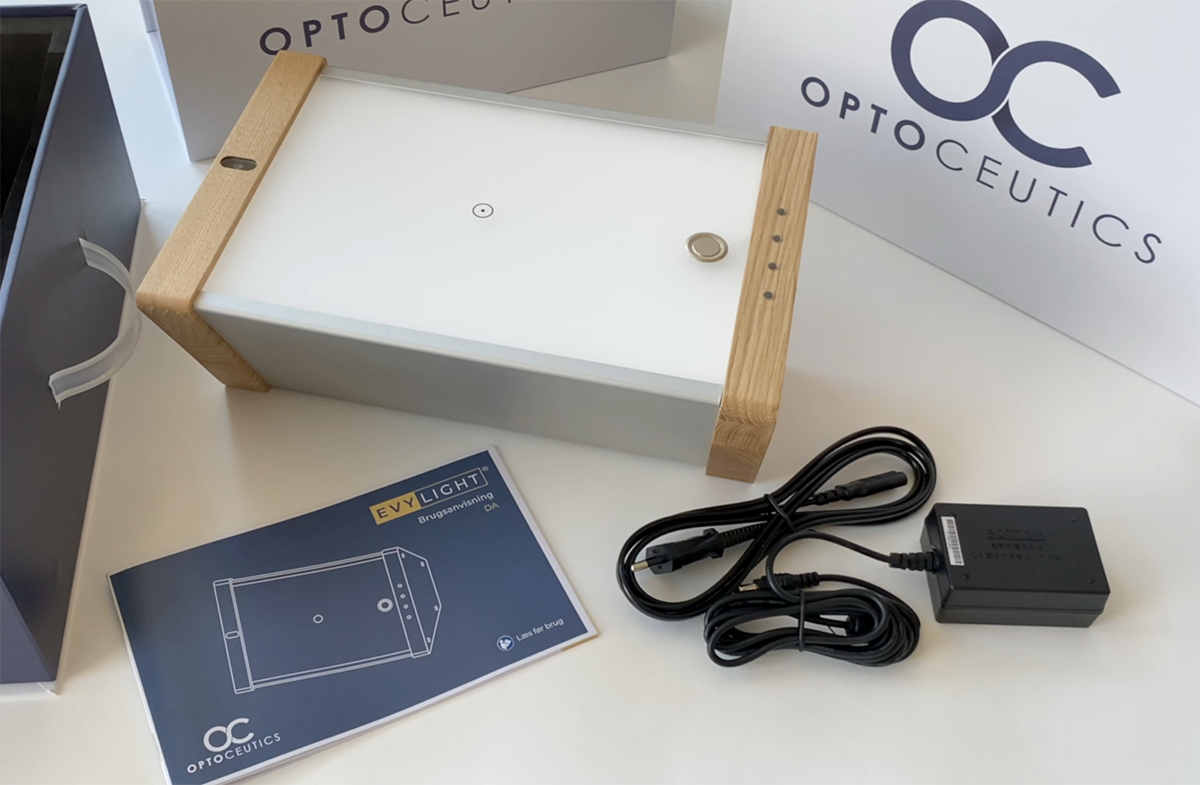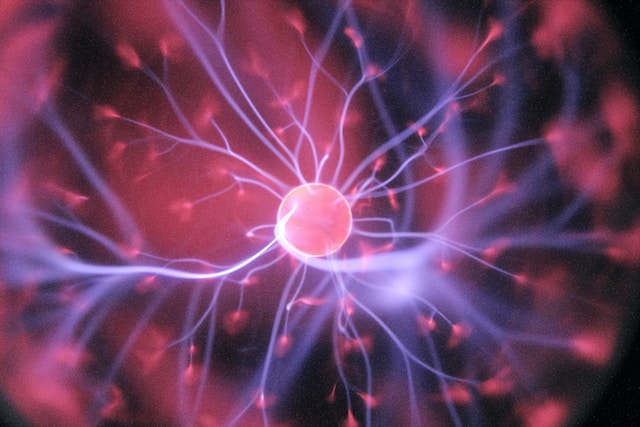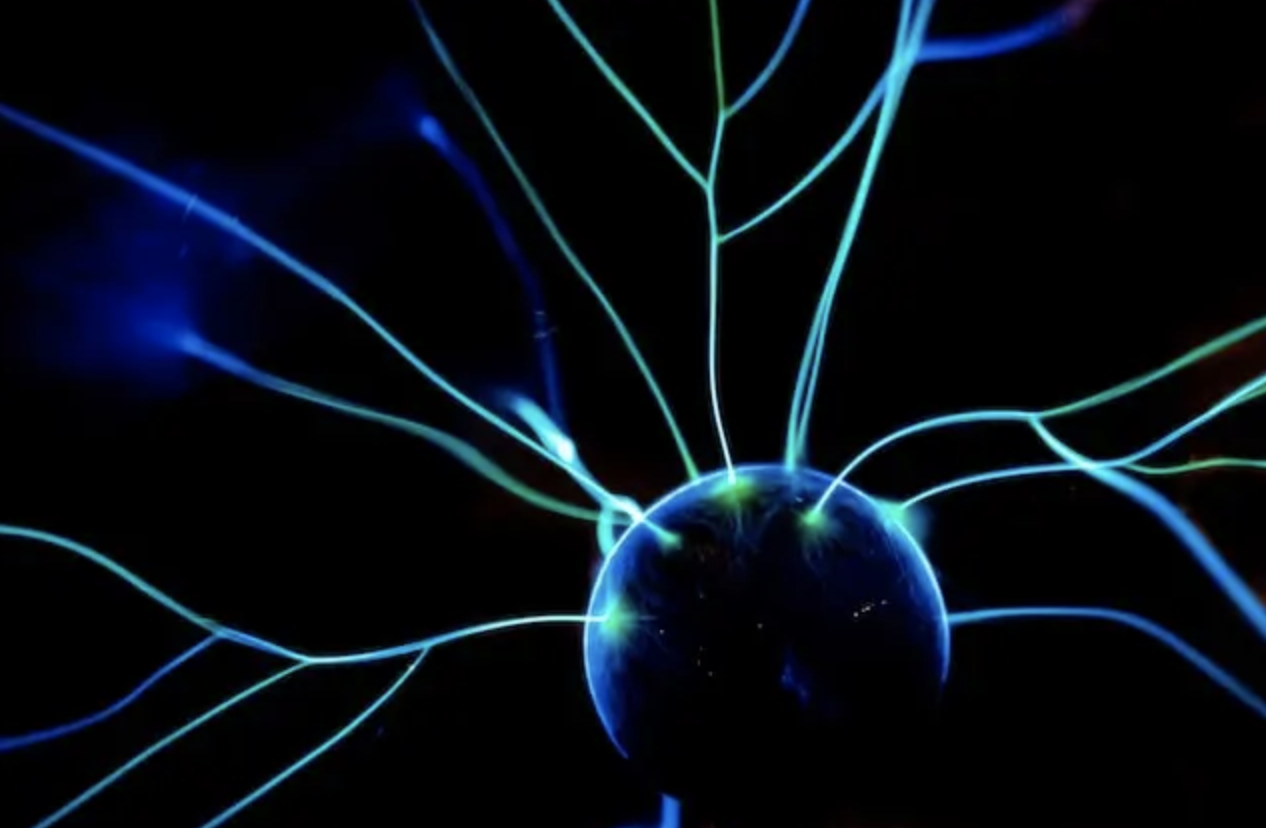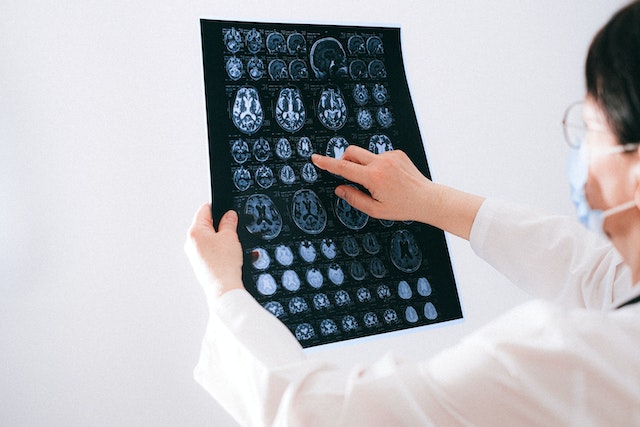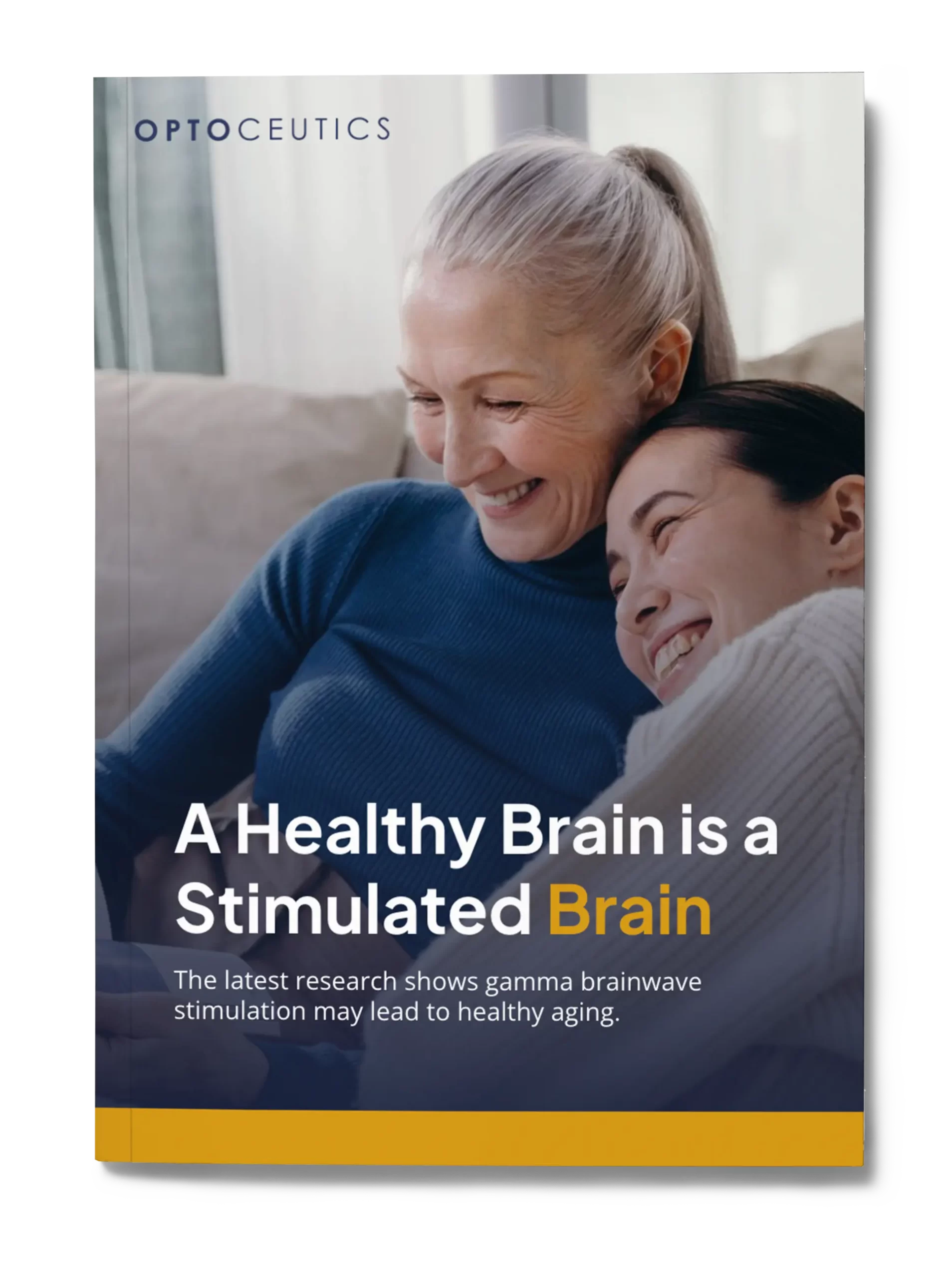Brain Networks
The brain is an astonishing and complex organ that shapes the way we think, feel, learn, communicate, and behave, but how does something that weighs only about three pounds do so much?
If we look deeper into the core of the brain, we see that it comprises over one billion neurons that are connected by over a trillion synapses across many regions of the brain. This vastly complex system communicates to one another in ebbs and flows throughout the brain to drive performance.
The brain is virtually divided in regions each with some level of specialization in information processing and drive specific physiological and cognitive behaviors. Although different regions of the brain processes varying information, they do communicate with each other to accomplish complex tasks that involve two or more regions. Those interactions are the focus of brain networks studies aiming at understanding how and where in the brain information is processed⁽¹⁻⁶⁾.
WHAT ARE BRAIN NETWORKS?
The brain works as a multi-scale circuit system. The basic brain components in all regions are the neurons which are connected and organized in multiple levels. When a group of neurons/regions share similar activity patterns in coordination when performing a function, the collection of neurons or brain regions can be classified as a brain network⁽²⁻⁴⁻⁶⁾. Brain networks are typically categorized in either structural (anatomical) and functional networks. For the brain to perform its functions, it must not only be well connected, but also work in a synchronized manner (firing in coordination)⁽⁴⁻⁵⁾.
Suárez, Laura E. et al. “Linking Structure and Function in Macroscale Brain Networks.” Trends in Cognitive Sciences 24 (2020): 302-315.
STRUCTURAL NETWORKS
Structural networks describe the actual wiring of the areas in which a brain function takes place. They are the structures through which the electricity (signals & information) travels from neuron to neuron and from one brain area to another, allowing the brain to perform its functions⁽⁴⁾.
FUNCTIONAL NETWORKS
Functional connections can be explained as the result of the correlation in activation of different areas of the brain when performing a task. When more than one brain region is active or showing the same type of response simultaneously, it can be understood as a functional network. These functional networks are not necessarily linked to the structural networks⁽⁴⁻⁵⁾.
Functional networks are identified when different brain regions are active or showing the same type of response simultaneously to perform a task. The anatomical connections between active regions provide the pathways for signals to travel across functionally correlated regions. Still, assuming that functional correlations are directly related to specific anatomical networks seems not to explain the complexity of these functional relations across brain regions. It’s more conceivable to understand a functional network as the result of multiple functional relationships generated along the many structural paths across more than one region⁽⁴⁾. [/vc_column_text][vc_video link=”https://www.youtube.com/watch?v=zlv9qi43UmY”][vc_column_text]
Influence of the identified regions as shown by their connectivity in tractography. Regions that showed the highest structure–function agreement in between probabilistic trackings and full correlations are visualized as the solid regions in yellow. Only fibers that connect to these regions are displayed and color-coded for their traversing direction (xyz mapping to rgb). Fibers of the cingulum bundle connect precuneal regions to the medial prefrontal cortex, inferior longitudinal fascicle to the temporal lobes. Interhemispheric connectivity is mediated via the corpus callosum.
What happens when brain networks do not work?
As explained, brain networks are the anatomic ground and explain the overall mechanisms of brain functions. It has been demonstrated that network dysfunctions are present in many brain disorders. The dysfunctions vary in causes, type of dysfunction and, in clinical manifestation (for more information, see A network dysfunction perspective on neurodegenerative diseases).
Some connectivity and organization dysfunctions occur in previously well-developed and well-performing adult brains.
- For example, in Alzheimer’s, long distance connections and network efficiency are reduced, resulting in loss of integrative capacity. Also, key structural areas connecting functional and anatomical networks (network-hubs), are selectively affected by accumulation of proteins, resulting in abnormal connections, manifested in cognitive and behavioral symptoms. A different mechanism, and cause of network dysfunction, is observed in Multiple sclerosis where due to autoimmune issues, neuronal axons lose myelin leading to difficulties in transporting signals from point A to point B.
- Other diseases within this category are Parkinson’s disease, Huntington’s disease, Late-life Dementia, among others⁻⁽⁴⁻⁵⁾.
Some network dysfunctions are the consequence of abnormal brain development.
- For example, network abnormalities are described in patients diagnosed, and with high-risk of Schizophrenia. The causes of atypical network development is currently being studied.
- Other diseases in this category are, Attention Deficit Hyperactivity Disorder (ADHD), bipolar disorder, obsessive–compulsive disorder⁽⁵⁾.
Future Perspectives
Disorders with brain network dysfunctions may explain many neuropsychiatric and neurodegenerative diseases but are far away from being completely understood. Treatments approaching these conditions from a network perspective offer a promising alternative to pharmacological therapies that so far have proven insufficient⁽¹⁻⁷⁾.
Strong efforts to find therapies with impact in dysfunctional networks are being conducted with interesting results. For instance, in Parkinson’s disease, the use of local deep brain stimulation for the motor system has shown improvements on reducing tremor, while in non-motor symptoms has shown increasing scores in mood, attention, memory, sleep, and other symptoms⁽¹⁻⁷⁾.
Similarly promising are research findings for Alzheimer’s disease, where the use of non-invasive light and auditory stimuli both in animal models and humans have shown decrease of brain atrophy and loss of brain volume, slowdown of functional, memory and cognitive decline ⁽⁸⁻⁹⁻¹⁰⁾.
❚ References
- Masud Husain, Targeting network dysfunction in neurodegenerative diseases, Brain, Volume 142, Issue 12, December 2019, Pages 3661–3662, https://doi.org/10.1093/brain/awz347
- Vanasse, T.J., Fox, P.T., Fox, P.M. et al. Brain pathology recapitulates physiology: A network meta-analysis. Commun Biol 4, 301 (2021). https://doi.org/10.1038/s42003-021-01832-9
- Palop, J., Chin, J. & Mucke, L. A network dysfunction perspective on neurodegenerative diseases. Nature 443, 768–773 (2006). https://doi.org/10.1038/nature05289
- Petersen SE, Sporns O. Brain Networks and Cognitive Architectures. Neuron. 2015;88(1):207-219. https://doi.org/10.1016/j.neuron.2015.09.027
- Bullmore, E., Sporns, O. The economy of brain network organization. Nat Rev Neurosci 13, 336–349 (2012). https://doi.org/10.1038/nrn3214
- Chapter 1 – An Introduction to Brain Networks, Editor(s): Alex Fornito, Andrew Zalesky, Edward T. Bullmore. Fundamentals of Brain Network Analysis. Academic Press, 2016, Pages 1-35. ISBN 9780124079083, https://doi.org/10.1016/B978-0-12-407908-3.00001-7.
- Horn, A., Wenzel, G., Irmen, F., Huebl, J., Li, N., Neumann, W. J., … & Kühn, A. A. (2019). Deep brain stimulation induced normalization of the human functional connectome in Parkinson’s disease. Brain, 142(10), 3129-3143.
- Cognito Therapeutics to Advance Digital Therapeutic for Alzheimer’s into Pivotal Studies Based on Positive Clinical Results Announced at AD/PD 2021. (https://www.businesswire.com/news/home/20210317005172/en/Cognito-Therapeutics-to-Advance-Digital-Therapeutic-for-Alzheimer%E2%80%99s-into-Pivotal-Studies-Based-on-Positive-Clinical-Results-Announced-at-ADPD-2021)
- Martorell, A. J., Paulson, A. L., Suk, H. J., Abdurrob, F., Drummond, G. T., Guan, W., … & Tsai, L. H. (2019). Multi-sensory gamma stimulation ameliorates Alzheimer’s-associated pathology and improves cognition. Cell, 177(2), 256-271.
- Adaikkan, C., Middleton, S. J., Marco, A., Pao, P. C., Mathys, H., Kim, D. N. W., … & Tsai, L. H. (2019). Gamma entrainment binds higher-order brain regions and offers neuroprotection. Neuron, 102(5), 929-943


